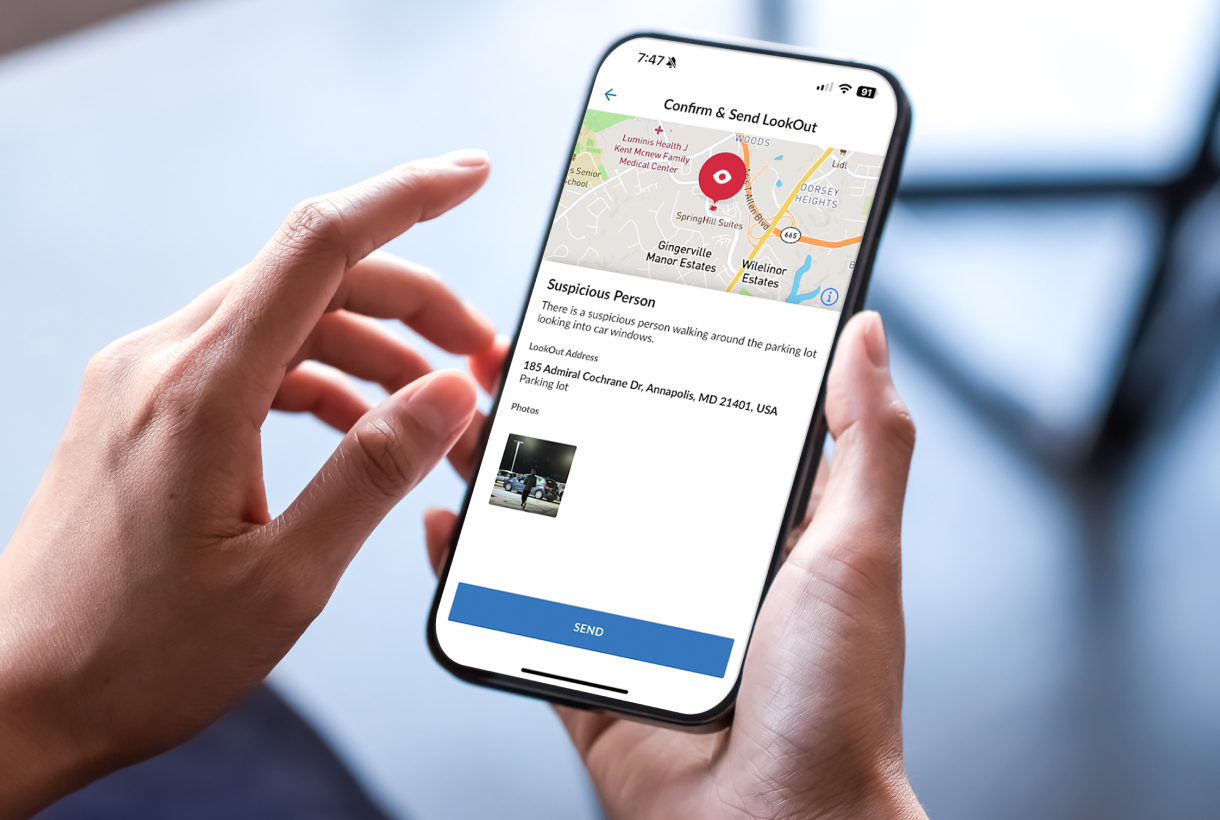If asked to rate the safety of your workplace, do you know what your employee safety scorecard would look like? How secure do your employees feel while on the job? Given the increase in both the frequency and severity of critical events in recent years, it’s not surprising safety is on their minds.
From 2020 to 2021, reports of event types related to severe weather, fire, crime/violence and supply chain issues have all doubled and in some cases tripled, according to the Global Risk Impact Report. Globally, there’s been a 48 percent increase in national security events related to terrorism and military action. In the U.S. alone, three times the number of shootings have been reported. And when it comes to calculating the impact in dollars, the average weather event could lead to damages on average of $2.5 million.
According to an employee safety survey initiated by OnSolve¹, employees reported being most concerned about the threat of gun violence, assault and severe weather. These findings are concerning on several levels. From an overall quality-of-life perspective, worries over workplace safety can contribute to anxiety and mental health concerns for your people. From a business standpoint, they feed into a host of employment problems, such as higher turnover and lower productivity.
So how do you create a safer workplace and ensure your employees are confident their well-being is your priority? To get started, it’s important to understand the data.
Concerning Attitudes Regarding Safety
Across all industries, workplace retention and performance are impacted by employee perceptions regarding the ability of their employer to keep them safe during day-to-day operations and critical events. Unfortunately, more often than not, their sentiments are less than optimistic. Employees in half of the industries surveyed did not meet the bar for “minimally confident.”
This applies to their confidence levels both during critical events (68 percent) and during travel (60 percent). In particular, confidence in their leadership’s ability to keep them safe while traveling was lower for employees of organizations with a staff of 10,000 or greater. This may be because large companies require travel in more complex environments than their smaller peers. Another potential factor is that each risk manager in larger companies typically oversees a larger number of assets and people when compared to smaller companies.
Interestingly, there was also a correlation found between an individual’s level within the organization and their confidence in their employer’s ability to ensure their safety. Employees at the individual contributor and team leader levels reported overall lower confidence. Meanwhile, confidence increased alongside rank from middle management up to the C-suite.
While there are many potential reasons for these findings, the bottom line is clear – employers have to make a concerted effort to strengthen employee safety and confidence at every level of the organization.
Questions to Improve Your Employee Safety Scorecard
To get a better grasp of the existing and perceived state of your safety conditions, all employers should be asking themselves the following questions:
- Do your employees feel safe?
- If not, how do you correct that?
- What do you need to think about for 2023 to make your employees feel safer?
To answer these questions, consider three essential elements:
- Trust: Company messaging and actions should all have the same common goal of ensuring employee safety, first and foremost.
- Training: Safety plans must be rehearsed at every level of the organization so all staff know what to do to stay safe during a critical event.
- Tools: A reliable system for delivering the right information to the right people at the right time will give everyone a means of staying connected.
When all three come together, you’re on the right path to a safer work environment and a more confident workforce.
Answers for Finding the Best Technology Fit
As an essential part of workplace safety, the value of a reliable critical communications system cannot be overstated. The right technology partner will help build your reputation as a responsible workplace by delivering critical communications, every day and when every minute counts.
When evaluating your options, make sure the provider answers “yes” when asked if the following features are available:
- Accessibility anytime, anywhere, from any device
- A unified mobile app to keep on-the-go employees engaged and informed
- An intuitive interface to reduce the stress of sending communications when every minute counts
- A dashboard display of all relevant security information and easily accessible reports for better decision-making
- The ability to send messages around the world, in the recipient’s native language
- Geo-targeted alerting to ensure only the people in the zone of impact receive notice of the critical event
- The ability to send alerts via phone, email, SMS, desktop alerts, mobile app push notifications, voice and more
The final question remains, how will improved communications impact your organization as a whole?
6 Benefits of Solid Safety Communications
Employees can feel and perform their best when they know their well-being is your top priority. Recognizing the importance of employee safety – and your employees’ perceptions of it – is more than a moral obligation.
Organizations that use communication to effectively enhance employee safety benefit in many ways:
- Reliable and accurate communication with your employees increases the level of trust your employees have in your organization. Employees will feel informed and aware, which will raise their confidence level in your organization’s ability to keep them safe.
- OSHA compliance is an important aspect of a safe working environment for every company. Organizations that make safety a top priority are less likely to face the citations and hefty fines that can come with OSHA violations.
- Safe working conditions save money. Businesses with poor safety track records face higher insurance costs and lose money from lower productivity rates. In stark contrast, organizations with effective safety and health management systems can benefit from 20 to 40 percent reductions in workplace illness and injury costs.
- Employees who feel safe and secure are more likely to report to work each day, reducing absenteeism. Organizations with effective safety procedures and systems in place also benefit from improved employee retention, saving you the time and money associated with high turnover.
- When your employees aren’t worried about their safety, they perform their jobs better. They interact with customers in a more positive manner, provide better service and produce higher-quality products.
- A safe working environment isn’t only good for your employees – it’s also good for your reputation. Organizations with fewer workplace injuries and incidents attract top quality talent and are viewed in a more positive light in the community.
Check out our employee safety brochure that talks about how technology can assist your organization and improve your employee safety score.
¹Data is from an employee safety survey OnSolve initiated of more than 600 U.S. employees across several industries.


